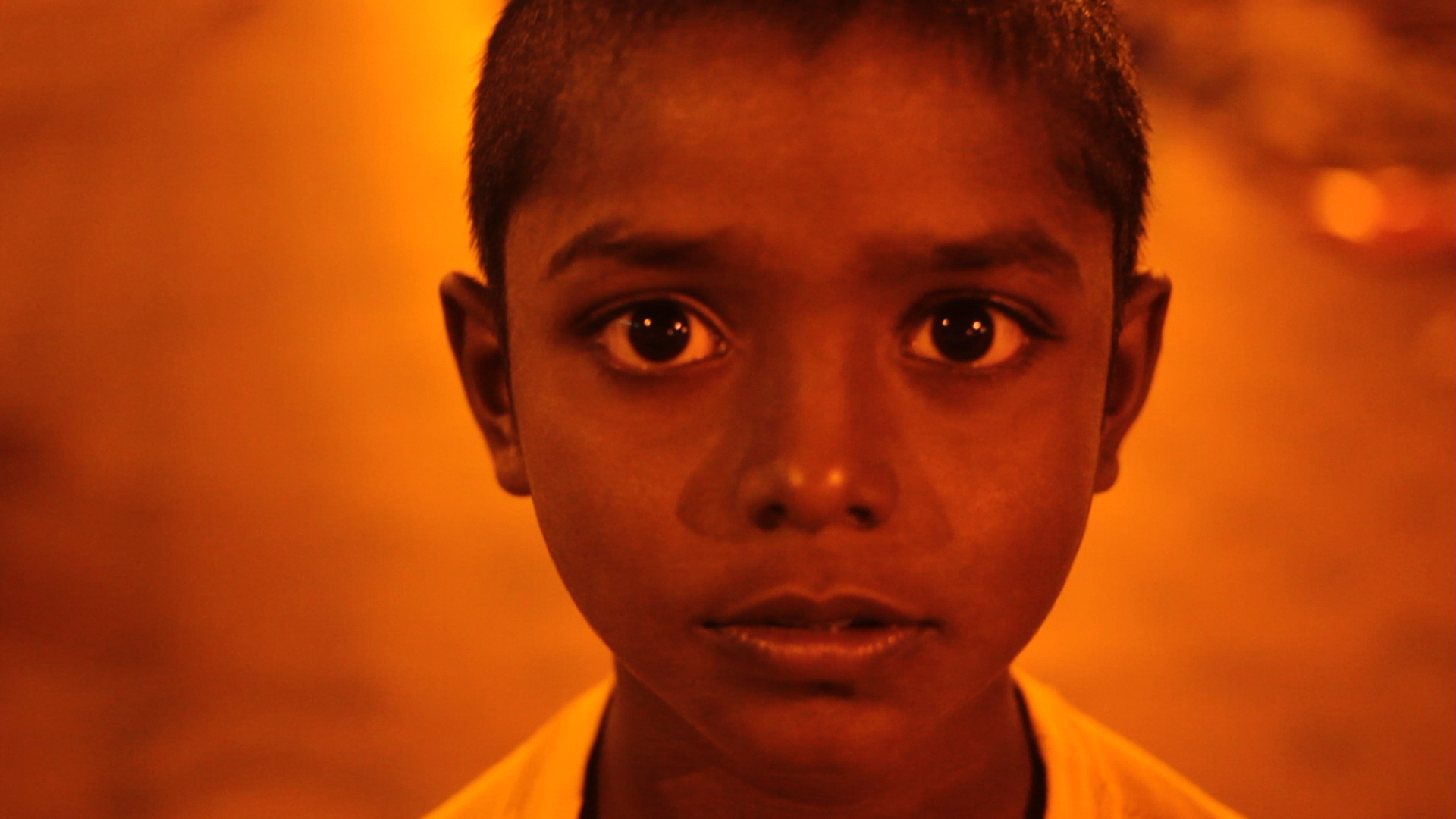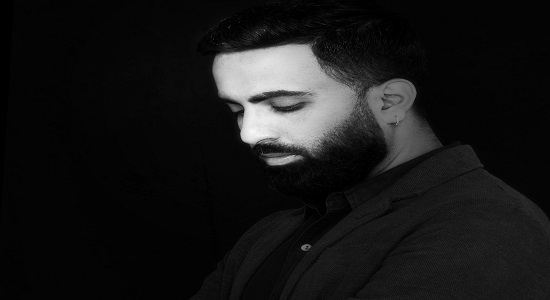

This artist adapted Julio Garcia Espinosa’s essay into four audio-visual clips that invoke as much dialogue with the audience as they do with its subjects.
In 1969, the Cuban filmmaker Espinosa wrote a manifesto titled Imperfect Cinema, which directly opposed industrial cinema and in a way became oppositional for its anti-imperialist stance on the medium. Espinosa argued that it was necessary for low-budget cinema to engage with the subject rather than throwback a polished version, “the opposite of a cinema principally dedicated to celebrating results, the opposite of a self-sufficient and contemplative cinema, the opposite of a cinema which ‘beautifully illustrates’ ideas or concepts we already possess.”
32-year-old audio visual artist Lallan has taken this premise and applied it to art. In his ongoing exhibition Imperfect Cinema at Triveni Kala Sangam, New Delhi, Lallan has attempted to reclaim the art space by throwing light on subjects which would not really have access to the world of art in the first place. It his attempt at understanding the word ‘cinema’ in context to Espinosa’s essay and create a dialogue around it. The work which took six years to complete has Lallan going back and forth between his archives, “it is my attempt to answer some questions that I projected on myself, regarding the form I was working with, alongside various matters of craft and science, techniques and of-course the politics of it, which is a preset to almost everything that has followed,” he says.
The project is divided into four parts:
The Face—where the camera is used as a separator between the subject and the artist, rather than a mean of connection.
Statis—a visual mélange that plays around with the word’s meaning as it films boatmen watching the very mélange as they row, layered over orchestral music. The result is a short film in which, the viewer is seen watching a film which is being watched, also watching the film’s viewers at the same time.’
A Convolution—which is a play on the poem of the 15th century poet Kabir, Word and the Sound of It in which he describes his poem as a wound to the ears of the listener. The artist juxtaposes the sounds of a weaver at work against it to create an existential piece of work.
Towards an Impure Poetry—this nine minute video is an onscreen adaptation of Pablo Neruda’s essay by the same name and serves as a culmination to the series.
In this day and age of audio-visual overdose, perhaps what works for the artist is the raw emotion that ties all the four pieces together. It is perhaps his personal act of rebellion, a war cry against the fantasy lead mediums that masses are most accustomed to.
Sbcltr caught up with the artist to know more about his art and process. Read the excerpts below.
Tell us a bit about yourself.
I was born to a tribe of pastoralists in a valley of the Aravali mountain range. While growing up, I inherited poetry, music and folk traditions, primarily from my grandmother, alongside other members of the tribe. I have been painting and working with wood since the age of five. I am a multi-disciplinary artist working with text, video, performance, new media, fabric, mixed media and earthen material to create expressions. I live and work in a small village in Kangra, Himachal Pradesh.
What drives you the most?
I guess it has to be my genetics. I have something inside me that always urges me to traverse, and spend time learning geographies, cultures, people et cetera across this incredible subcontinent. The ancestors were semi-nomadic herders who moved a great deal, and i can see those effects. Also a lot of love for the earthen, and rooted experiences makes me attempt to learn and present my expressions as reactions to the same, whether it be problems, or questions or just statements.

A still from The Face
What were the challenges that you faced while working on this project?
The work spans the last six years of my practicing life. But the questions i am trying to answer have been present ever since. There were a lot of challenges, the biggest being, no funding whatsoever. Also I had to address several mammoth logistical issues that every film maker faces, over the course of any work. There were moments where i was completely broke, sometimes the work was halted for a span of a year or two in succession, and on top of it, film theory and alternative cinema practices are not as known in these parts of the world, which sadly is getting commercially driven by the hour. Besides that, there were spiritual and existential jolts that kept shaking me from time to time, as the work deals with some very personal aspects.
Making art can be expensive. How did you/ do you sustain yourself?
I work with communities, governments and social organisations for projects of social and environmental relevance, making works that communicate issues and problems of the times we are living in. Whatever i earn from that, is what sustains my work.

Lallan
Take us through your creative process, any specific format that you follow?
I work across villages and I usually document a lot, most of which I bring back to my studio. I mull over it for a while and wait for the experiences to speak to me. I believe in making works that elude the contemporary and connect somehow with the roots that they have sprouted from. And I work with a variety of media, so mostly it’s mixing a lot of the above in an attempt to express without layers or much aesthetic jargon. There is also a lot of reading and writing involved, other than groundwork and research, which i guess is the usual process. My works usually take a few years to complete. I don’t follow any specific formats.
What next?
A series called, The Anatomy of Pulp, which is collage made with newspaper pulp, prints and found wood. It deals with the human tendency to produce text, and then consume it later. Then I am setting up a community studio in the village i live in, trying to get villagers, artists environmentalists, thinkers, policy makers and the likes of same together, to try and foster a rural arts initiative that is sustainable. There is also a folk archival project i concluded in southern Rajasthan, that is to be launched digitally next year.